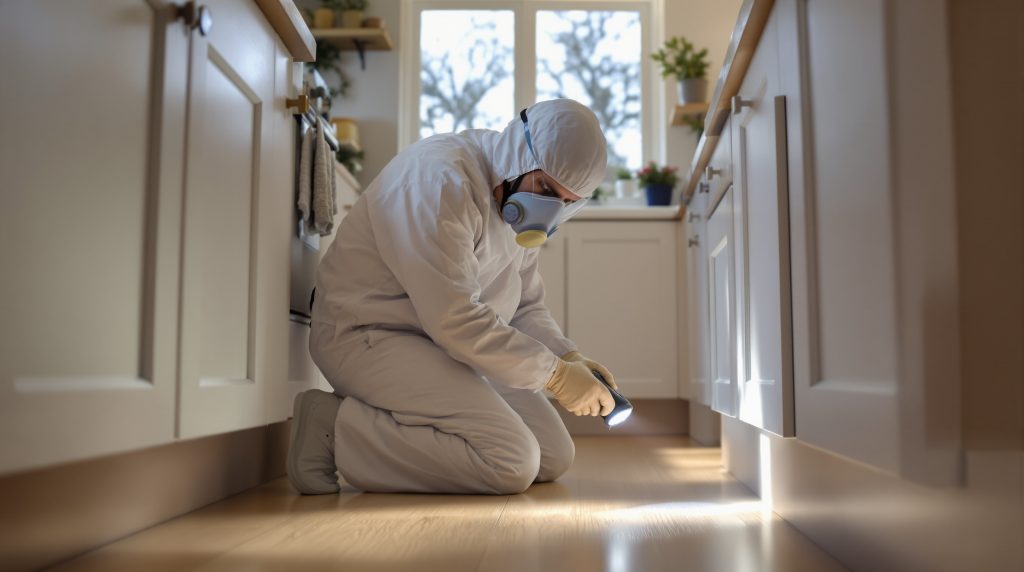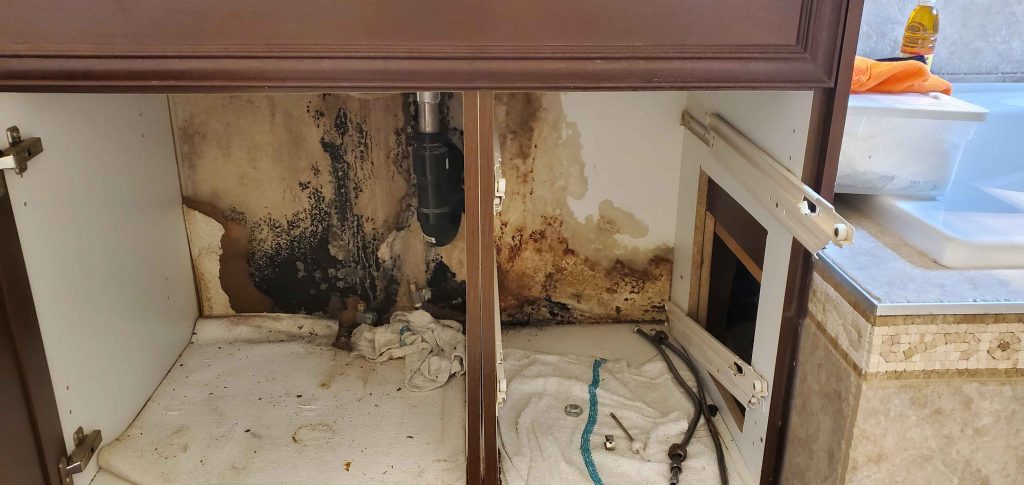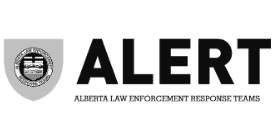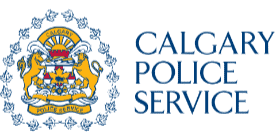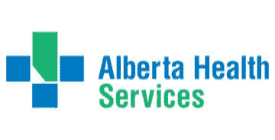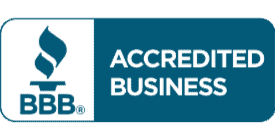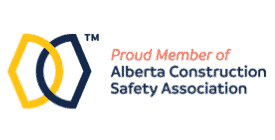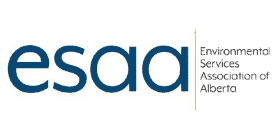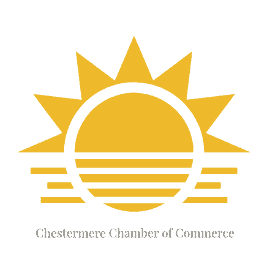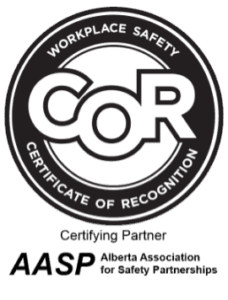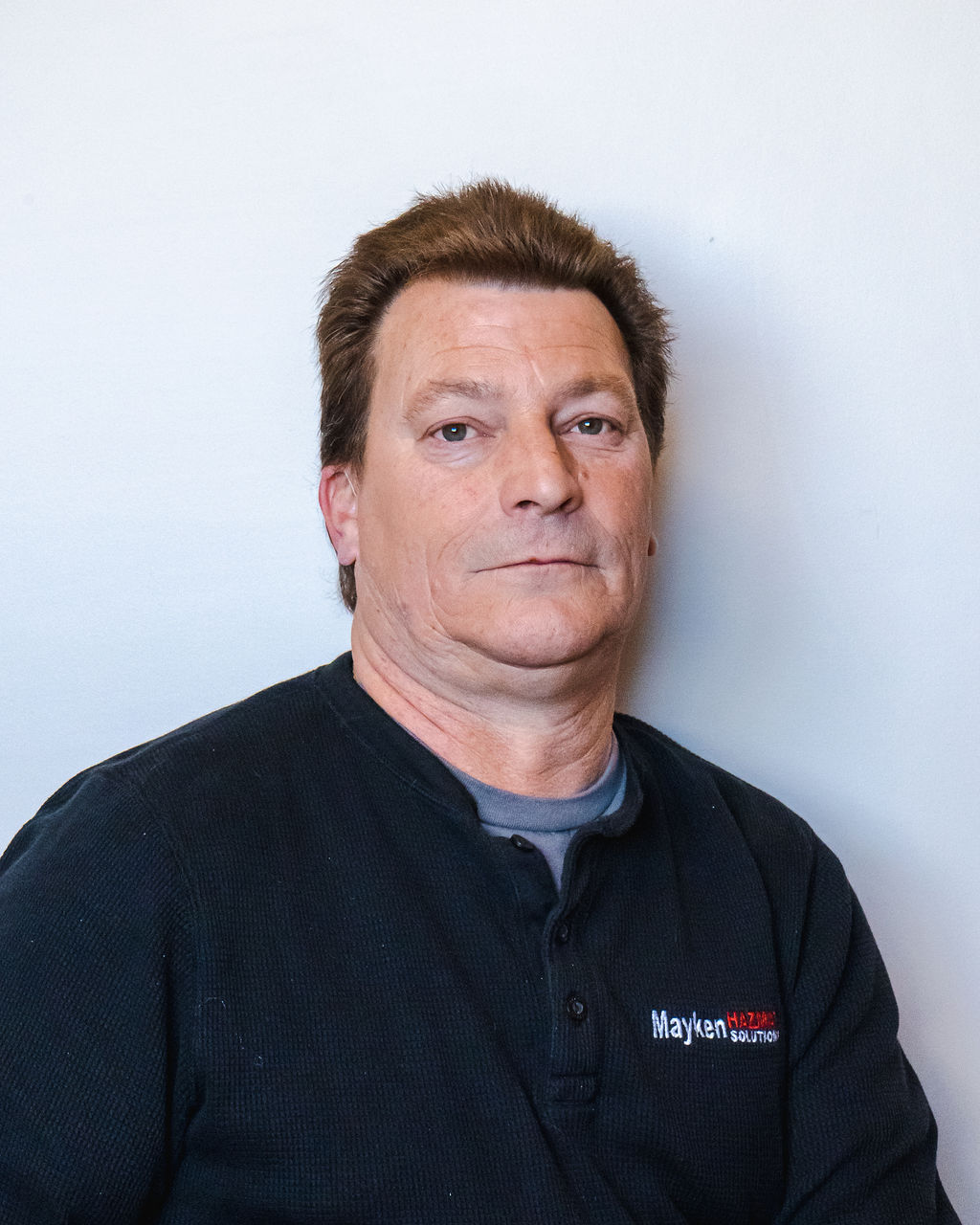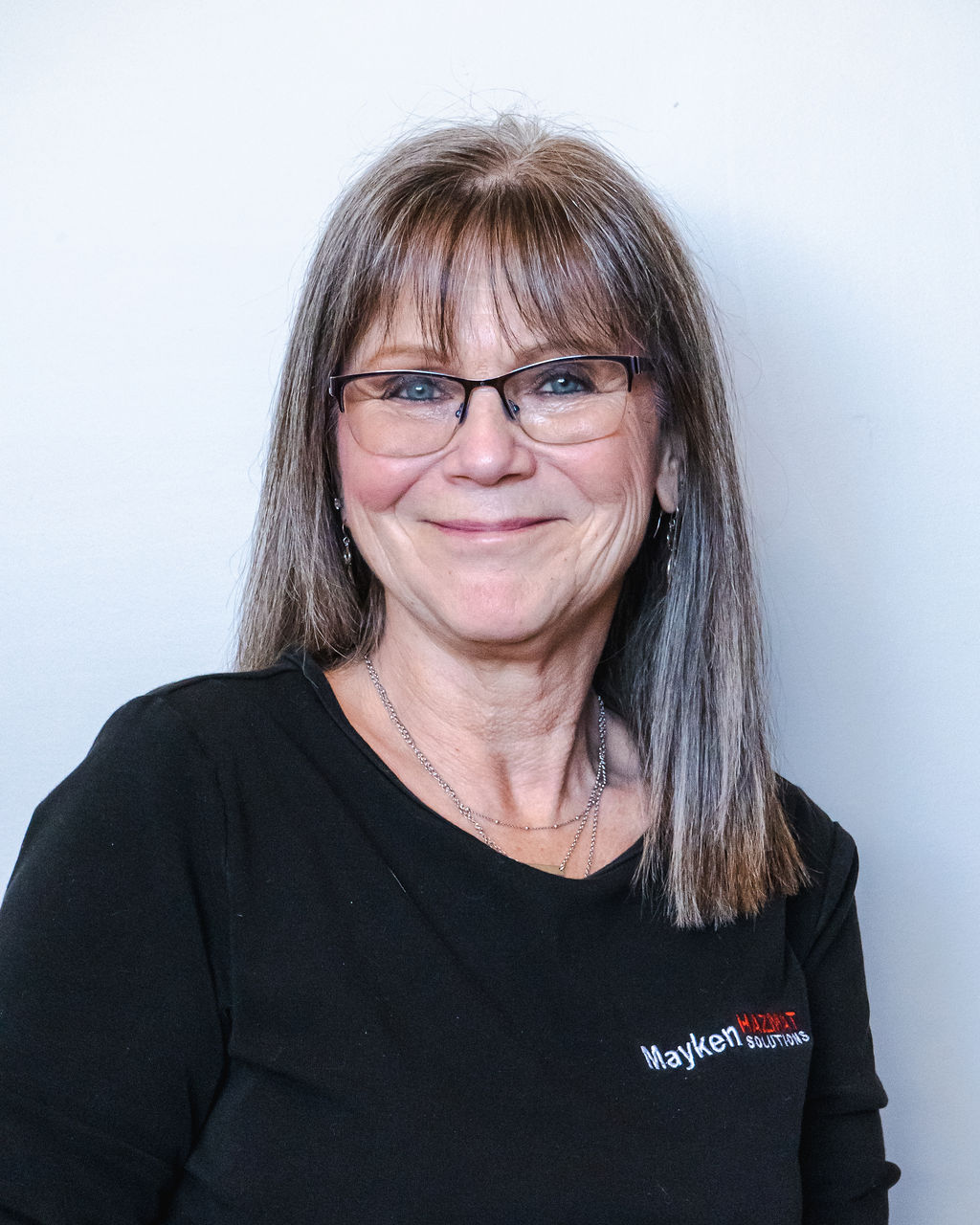How Much Does Biohazard Cleanup Cost and Why DIY Isn’t Worth the Risk
When an unexpected incident leaves behind contamination: blood, chemical residue, or dangerous waste, most people’s first thought is cost.
“How much does biohazard cleanup cost?” is one of the first searches people make after trauma or property damage. It’s a fair question, but it doesn’t have a one-size answer.
The real cost depends on factors like contamination type, safety level required, affected materials, and the size of the area. But beyond the dollars, there’s another cost: safety.
Trying to handle biohazards without proper certification can lead to severe health risks, legal issues, and even voided insurance coverage.
According to Health Canada and the Public Health Agency of Canada, bloodborne pathogens can survive for days or weeks on surfaces. Without proper disinfectants and PPE, exposure is almost inevitable.
That’s why every certified company, including Mayken, follows standards defined by IICRC, COR, and BRAC, because contamination control isn’t a household chore; it’s regulated safety work.
Jump To:
What Influences the Cost of Biohazard Remediation
Several factors influence project pricing, but they all link back to one goal: restoring safety. Here’s what typically drives the total investment:
- Type of Contamination — Cleanup involving blood, drugs, or chemicals requires specific protocols and disposal processes.
- Extent of Damage — The larger the affected area or deeper the contamination, the more detailed the remediation.
- Materials Involved — Porous materials like carpet, drywall, or upholstery often require removal and certified disposal.
- Testing and Documentation — Certified cleanup involves testing, documentation, and disposal manifests that uncertified work cannot legally provide.
- Emergency Response Timing — 24/7 response is often necessary for trauma, vehicle, or environmental contamination, which influences crew deployment.
Every situation is unique. That’s why reputable companies avoid “flat rate” quotes for serious hazards.
For clients seeking clarity and peace of mind, Mayken offers transparent assessments and optional Credee financing, ensuring safety never waits for the next paycheck.
Why DIY Cleanup Seems Tempting

Homeowners and property managers often start with good intentions. They want to save money, regain control, or avoid embarrassment.
But the truth is, DIY biohazard cleanup rarely ends with real savings.
Household cleaning products aren’t designed to eliminate bloodborne pathogens, fentanyl residue, or chemical contaminants. Even if a space looks clean, microscopic hazards often remain.
DIY cleanup also lacks regulatory documentation. Insurance claims can be denied if there’s no certified report confirming safe remediation.
That’s why “saving a few dollars” can quickly turn into double the cost, once professionals are called to fix the incomplete job.
Certified vs. DIY Cleanup
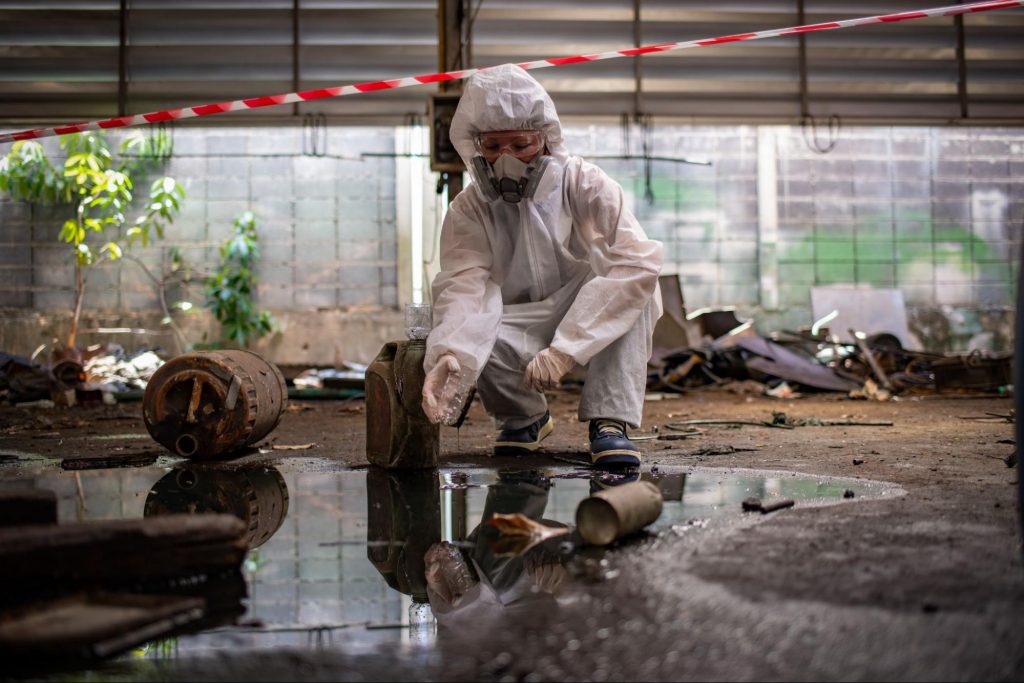
Let’s break down the difference between certified vs DIY cleanup:
Every certification Mayken holds: IICRC, COR, WHMIS, BRAC, and BBB accreditation is designed to protect clients and employees alike.
That’s what turns cleanup from a risk into a restoration.
For an in-depth look at how certification builds safety and credibility, read: Why Certification Matters for Biohazard Remediation
| Category | Certified Cleanup | DIY Attempt |
|---|---|---|
| Safety Equipment | IICRC & COR approved PPE and containment tools | Household gloves, basic supplies |
| Process | Hazard assessment, containment, decontamination, waste manifest, QA inspection | Wipe-down or surface cleaning only |
| Compliance | Meets Alberta OHS, BRAC, and environmental standards | No regulatory compliance |
| Liability Coverage | Insured and documented | Uninsured, may void coverage |
| Results | Verified safe for re-entry | Hidden contamination risks |
The Hidden Costs of DIY Cleanup
Attempting cleanup without training or proper containment can introduce additional problems:
Health Risks
Improper PPE, poor ventilation, or lack of disinfectant control can expose homeowners to viruses, toxins, or mould.
In one Alberta case (reported by CBC News), police warned of fentanyl exposure risks to untrained individuals even from trace residue.
Cross-Contamination
Biohazards spread easily through HVAC systems or absorbent materials. What starts as one room can quickly impact an entire home.
Legal & Insurance Issues
Uncertified cleanup can violate municipal or workplace safety codes. Insurance policies often require documentation from certified providers.
Emotional Toll
Biohazard scenes often involve traumatic or distressing circumstances. Certified cleanup crews, like Mayken’s, work discreetly to protect both emotional and physical well-being.
Certified Cleanup: What You’re Actually Paying For
When someone hires a certified company, they’re not just paying for cleaning. They’re paying for peace of mind, backed by process and proof.
A professional, IICRC-certified cleanup involves:
- Assessment — Determining contamination type and risk level.
- Containment — Isolating the area to prevent spread.
- Removal & Disposal — Safely removing affected materials under provincial regulations.
- Decontamination — Using approved chemical agents and specialized equipment.
- Verification — Air testing and visual inspection to confirm safety.
- Documentation — A certified report for insurance or property records.
Every step is handled with compassion and precision; core values that have defined Mayken since 2006.
Real-World Scenarios Where Certification Matters
Trauma or Crime Scene Cleanup
Handling biohazards without certification can lead to health exposure and even criminal penalties under hazardous waste laws.
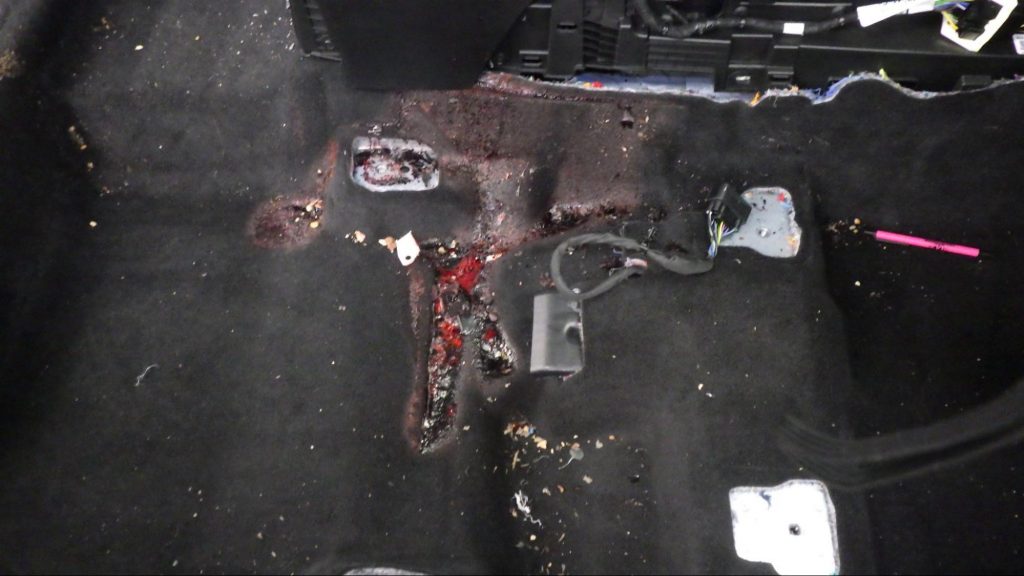
Certified cleanup ensures safe containment, removal, and legal compliance.
Vehicle Decontamination
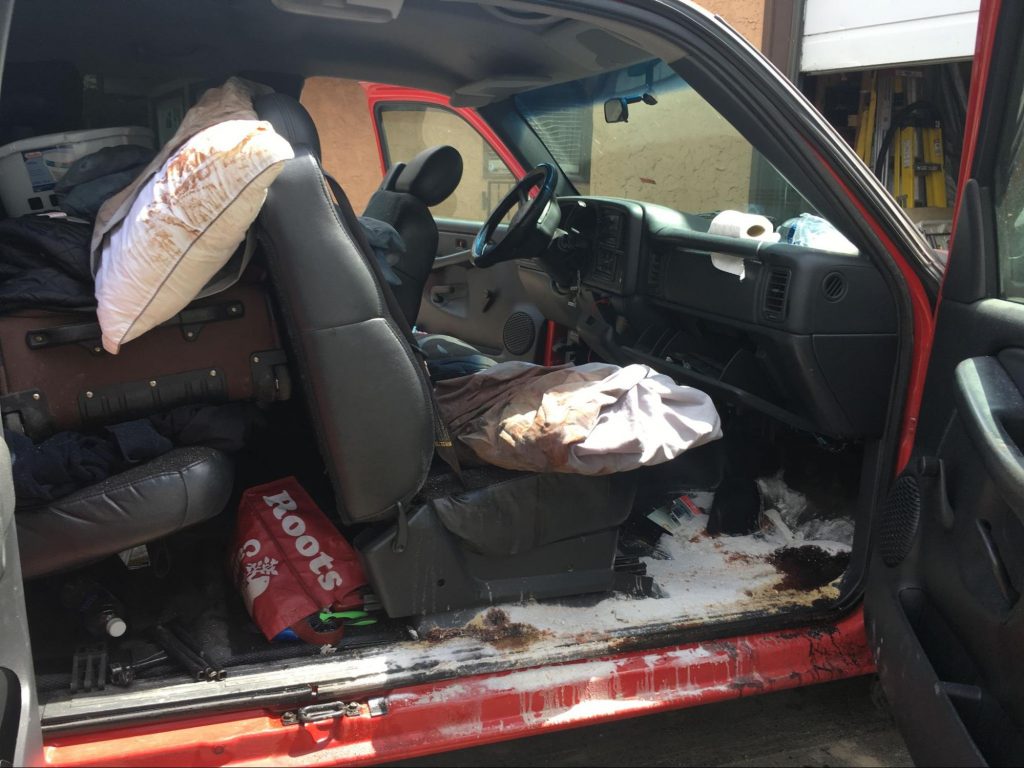
Cars used in drug transport or theft recovery often contain chemical residue. Learn more in Mayken’s blog: The Hidden Danger of Drug-Contaminated and Theft-Recovery Vehicles
Mayken’s Specialty Hazardous Vehicle Decontamination service meets those standards.
Property or Hoarding Cleanup
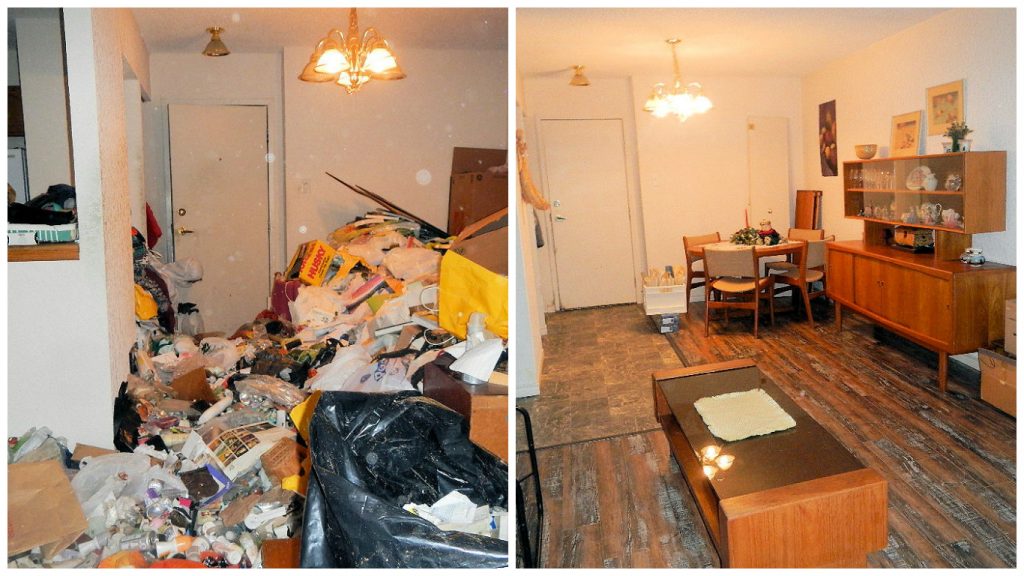
Long-term neglect or hoarding often hides mould, rodent waste, or decomposing material. These require certified disposal methods, not routine cleaning.
Explore Mayken’s Property Cleaning and Remediation services for details.
Environmental Spills
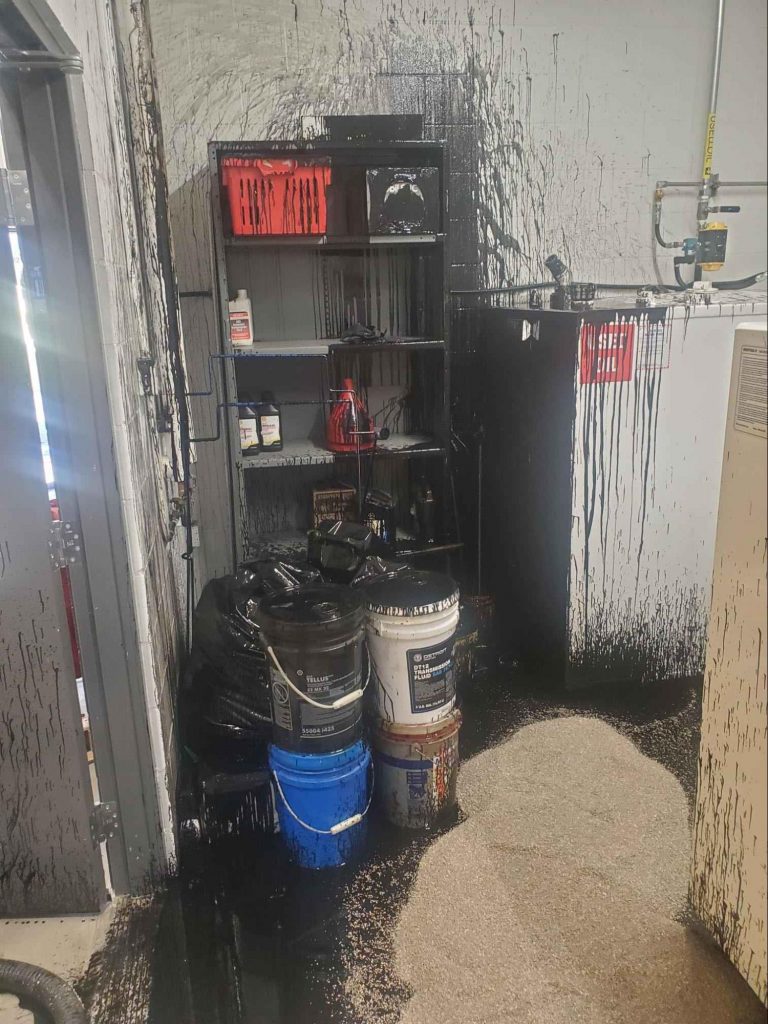
Even small spills involving fuel or chemicals can cause soil and water contamination if mishandled.
See Mayken’s insights on Top 5 Chemicals Requiring Special Spill Cleanup Solutions.
Or visit Environmental and Hazardous Cleanup & Disposal for regulated disposal information.
Mould from Water Damage
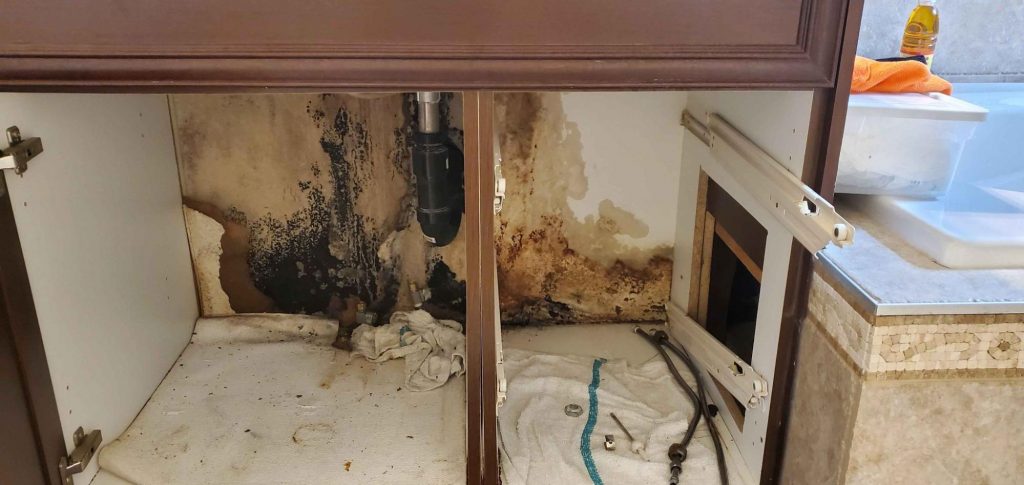
Winter moisture and poor ventilation can create mould that spreads within days.
Learn more about how to remove mold from walls here.
Certified cleanup eliminates spores safely and permanently, see Mayken’s Mould Removal service.
Why You Should Contact a Certified Cleanup Company First
When people Google “how much does biohazard cleanup cost,” they’re often in crisis, trying to make sense of an overwhelming situation.
But the first call shouldn’t be about price; it should be about safety and trust.
Here’s why contacting a certified provider like Mayken matters immediately:
- Fast containment reduces damage and cost.
- Certified documentation protects insurance claims.
- Licensed disposal prevents future liability.
- Professional discretion protects privacy and reputation.
With nearly 20 years of experience, Mayken has built a reputation as Alberta’s trusted, discreet, and certified cleanup company.
How Mayken Makes Certified Cleanup Accessible
Biohazard cleanup can feel like a financial surprise, but safety shouldn’t be postponed because of cost.
Mayken partners with Credee, offering flexible financing options for qualifying projects.
This program helps families, landlords, and organizations manage unexpected cleanup needs without delay, an important part of Mayken’s compassionate approach.
Key Takeaways: DIY Isn’t Worth the Risk
- DIY cleanup increases health and legal risks.
- Certified cleanup includes containment, testing, and documentation.
- Proper certification ensures insurance compliance and peace of mind.
- Long-term costs are lower when remediation is done right the first time.
The difference between a clean space and a safe one is certification.
Every certified cleanup Mayken performs is backed by COR and IICRC standards, strict safety protocols, and almost two decades of Alberta-based experience.
Safety Isn’t a DIY Project
It’s natural to want to handle problems yourself. But when contamination, trauma, or unknown substances are involved, safety isn’t something to experiment with.
Certified cleanup ensures compliance, protects health, and prevents costly mistakes down the line.
Mayken Hazmat Solutions was built on compassion, accountability, and safety first. When you reach out, you’re not just hiring a cleanup crew; you’re partnering with a certified team that treats every call with discretion and respect.
When safety and peace of mind matter, call the certified team that Alberta has trusted since 2006.
Contact Mayken Hazmat Solutions for certified, compassionate cleanup across Alberta.
Recent Articles
Categories
Categories
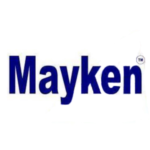
Mayken Hazmat Solutions has provided Calgary and Western Canada with high-quality hazmat services since 2006. As a registered hazardous waste carrier with the Alberta government, we can handle a wide range of situations and environments. Whether cleaning up hoarding cases, contaminations, chemical spills or crime scenes, we can take care of overwhelming situations for you. Reach out to the experienced hazmat company by calling us 403-272-1995.

